The best Symbian phones ever
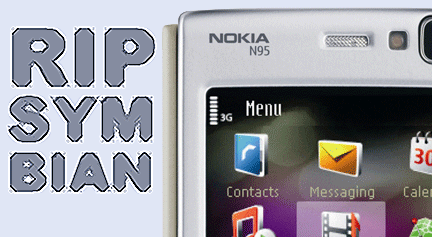
Nokia has confirmed that the Nokia 808 PureView
was the last Symbian phone it will ever make. Are we sad? Not a jot.
But Symbian was once a great and majestic system, a smartphone OS that
people actually used in the days when the terms “feature phone” and
“camera phone” actually meant something.
As an ode to the doddery
old fellow that is Symbian, we’ve compiled a list of our favourite
Symbian phones ever made. Have great memories of an old Symbian
workhorse? Let us know yours in the comments.
Nokia 9210 Communicator
Released: 2000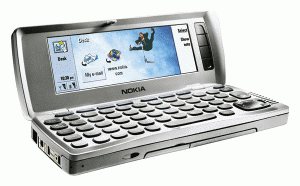
Arriving
before the days of the smartphone, the Nokia 9210 Communicator was
really more of a PDA that could double-up as a phone. It could change,
Transformer-like, from a 1980s Wall Street grade giant phone to a rather
more elegant miniature laptop – which was held inside.
These
were back in the days where convergence really came with a price – the
Nokia 9210 Communicator is really two devices smushed together. But open
the thing up and that Nokia Communicator magic is there. It had a
“high-resolution” 640 x 200 pixel 4.5-inch screen, offering just one
sixteenth the number of pixels you get with 2013’s top smartphones.
Madness,
isn’t it… but have we really come that far? You could download apps for
it – then known archaically as “applications” – heck it could even run
Doom, and all the basics we take for granted today.
Nokia 7650
Released: 2002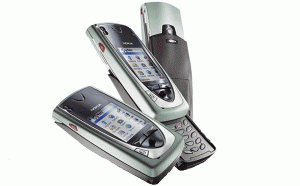
Desperately
trying to cram PDA features into a phone shape, the Nokia 7650 was
released in 2002. It was huge for a phone at the time, but was among the
first phones to bring advanced features like MS Outlook integration to a
device that still looked and felt like it was made primarily to make
calls.
Nokia sold more than a million 7650s, and it was pitched as the
company’s first integrated camera phone. It ran the Symbian series 60
platform, had a 2.1-inch 176 x 208 pixel screen a vertically-sliding
keypad and – the height of fashion – a full VGA resolution camera. This
thing was cutting edge back in 2002.
Nokia N80
Released: 2005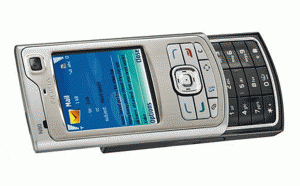
A
few years down the line, Nokia has really learned how to trim-down its
Symbian phones, leading to the super-popular N-series. Among the first
in this range was the Nokia N80, a phone that became the design
blueprint for top Nokias for years.
It hit the scene as phones
were starting to feature many more pixels, letting them fit much more
information on-screen. It had Wi-Fi, it had “super-fast” EDGE
connectivity, a mind-boggling 220MHz CPU and 259dpi pixel density – not
too shabby even by today’s standards.
Nokia N95
Released 2007 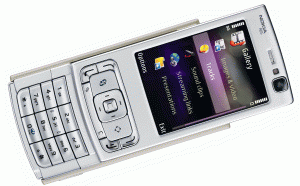
Remembered
by many as the classic Nokia smartphone, the Nokia N95 was the phone to own before
the iPhone captured the phone market. It was only released a few months
before the iPhone, in fact, but long after it arrived, the Nokia N95
was still top dog in the eyes of the hardcore crowd.
It was far
better-specced than Apple’s first iPhone. The Nokia N95 had HSDPA 3G mobile
internet for one, as well as a decent 5-megapixel camera, Wi-Fi and the
strong library of Symbian apps. The 2-megapixel, non-3G, App Store-less
iPhone just didn’t seem as good. Heck, it wasn’t as good. Those were
the days, eh?
Nokia E71
Released 2008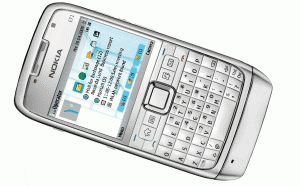
A
serious phone for serious people, at the time back in 2008, the Nokia
E71 was one of the best phones for business people money could buy. A
fantastic keyboard, ridiculously feature-packed, and with a gloriously
strong-feeling metal body, it merged desirability and a sort of
efficient studiousness.
It may not be what we generally look for
in a smartphone these days, but the Nokia E71 was a phone that proved
Nokia could still get an edge over BlackBerry at times.
Nokia 5800
Released 2008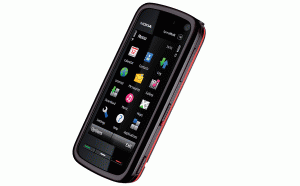
A
ridiculously successful phone, the semi-affordable Nokia 5800 was
perhaps Nokia’s most successful stab at the iPhone’s 2009 success. And that’s even
though tech experts could see that it showed the first signs that both
Symbian and Nokia weren’t moving with the times.
It had a
resistive touchscreen, when the iPhone and many fresh-out-of-the-gate
Androids used the now-standard capacitive type, and Symbian was creaky
compared to those fresh meat phones. However, it was a cracking, highly
accessible phone that was many people’s first experience with a
smartphone. Drop us a line in the comments if you were among the Nokia
5800 crowd.
Samsung Omnia HD i8910
Released 2009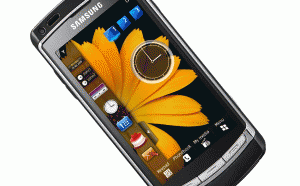
Nokia
wasn’t the only company to produce great Symbian phones. Sony Ericsson
and Samsung also had a crack at it. Our favourite of the bunch was the
Samsung Omnia HD i8910, a precocious phone with some specs so impressive
that they wouldn’t look out of place in a phone of today.
It had
a gorgeous 3.7-inch AMOLED screen, an 8-megapixel camera and a
fantastic internal video player. The Samsung Omnia HD i8910 also has
the honour of being the first phone ever to be able to record 720p. It
was the sort of device that had people saying “if only it ran Android”.
Of course, that’s basically what the Samsung Galaxy S series became.
Nokia N8
Released 2010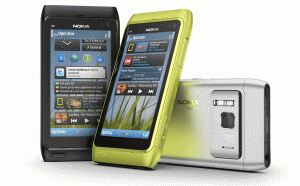
By
the time the Nokia N8 arrived at Trusted towers, it was already too
late for Nokia. Reviewing this flagship phone produced mixed feelings.
Its camera was fantastic – the thing even had a rare-as-dinosaurs Xenon
flash – it was colourful, the screen was stunning and the hardware
design was fab for the time too.
However, we just couldn’t get
over that even with the added gloss of the new Symbian^3 system, the
Symbian software was past it. A new lick of paint couldn’t disguise how
clunky the software had become compared to its rivals. It was the last
true flaghship phone to feature the Symbian OS.
Let us know your Symbian memories in the comments.


